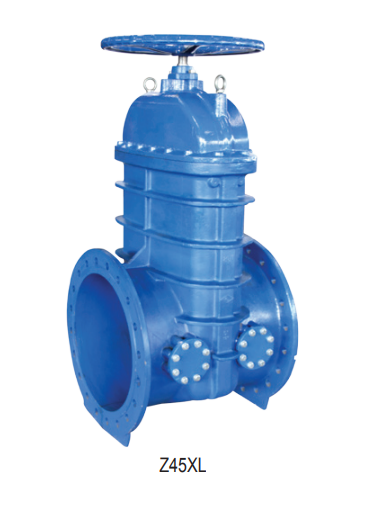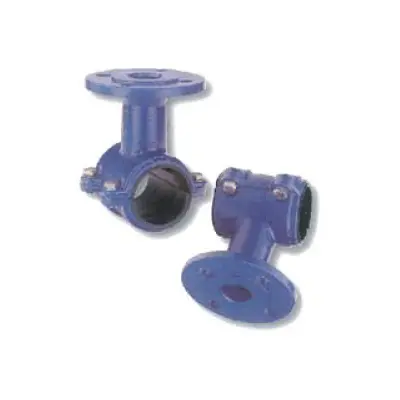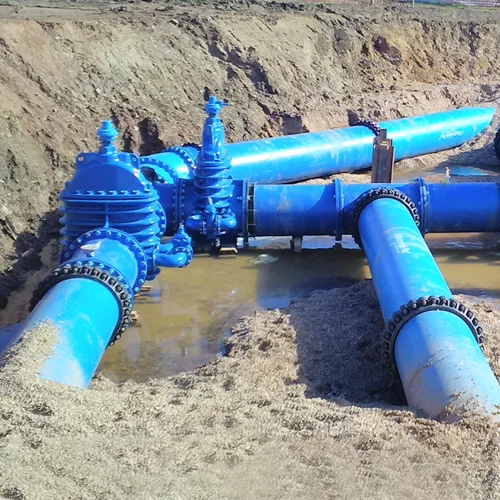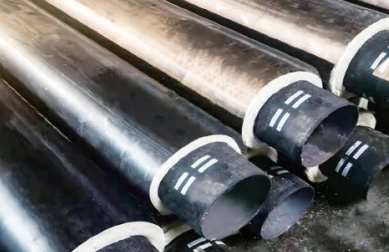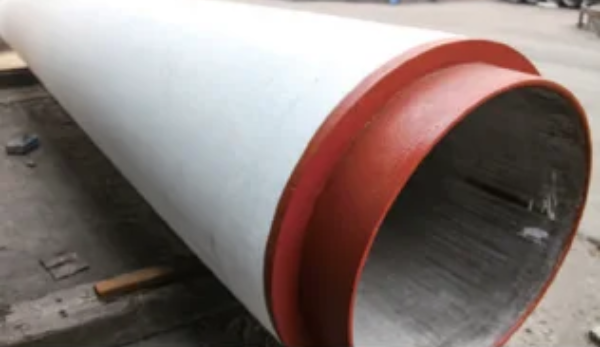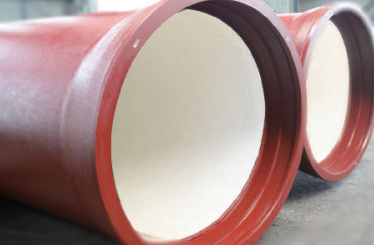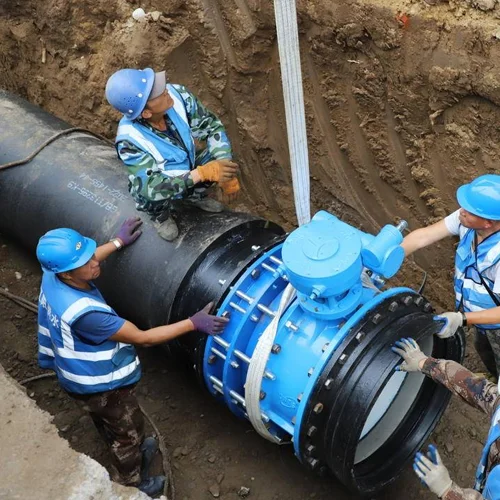Email Us
Ductile Iron Pipe
1.Scope of Application and Scenarios
Due to its outstanding comprehensive properties, ductile iron pipe is widely used in various critical pressure and non-pressure fluid conveyance systems:Municipal Engineering: Water distribution networks (main lines, branches) for urban and town drinking water, sewage collection and conveyance pipelines, reclaimed water pipelines.Industrial Sector: Internal industrial water, cooling water, process water conveyance within factories; piping systems for industrial facilities like mines and power plants.Water Conservancy Projects: Water diversion projects, pipelines for main canals in irrigation systems, pump station inlet and outlet pipes.Gas Transmission: Medium and low-pressure gas distribution networks.Others: Pipelines for seawater desalination plants, drainage in tunnel engineering, infrastructure piping for large building complexes, etc. Its key application scenarios are situations requiring resistance to high internal pressure, external loads (such as earth pressure, traffic loads), and a certain adaptability to ground settlement.
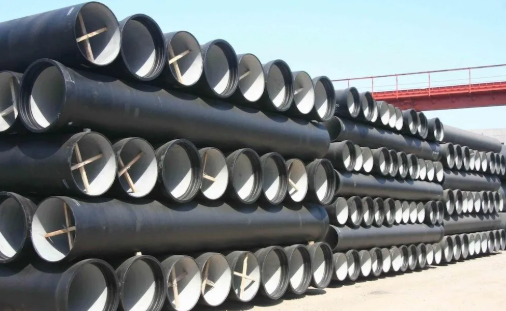
2.Structure
A typical ductile iron pipe consists of the following components:Pipe Barrel: The main body cast from ductile iron, providing the primary pressure-bearing and load-bearing capacity. Its wall thickness is designed to meet working pressure, external load, and safety factor requirements.Socket (Bell): The enlarged, bell-shaped end of the pipe, designed to receive the spigot of the next pipe.Spigot (Plain End): The narrower end of the pipe, inserted into the socket of another pipe.Gasket Groove: A recess inside the socket or at the end of the spigot, designed to hold a rubber sealing gasket (typically a T-type or K-type ring). This enables a flexible, sealed joint, allowing a certain degree of angular deflection and axial displacement to accommodate ground settlement and thermal expansion/contraction.Flange (Optional): Some pipe ends or fittings feature flanges for connection to valves, equipment, or other flanged piping.
3.External Coating
The external coating on ductile iron pipe primarily protects the pipe from external corrosion (soil corrosion, stray current corrosion, atmospheric corrosion) and mechanical damage in buried or exposed environments:Standard Coating: The most common and standardized coating is Zinc plus Bitumen.Base Layer: A pure zinc layer (≥130g/m²), applied by spraying or centrifugal process. Zinc acts as a sacrificial anode, corroding preferentially to protect the iron substrate.Top Layer: A bituminous paint layer (≥70μm). Provides an additional physical barrier, enhances chemical resistance, protects the zinc layer, and reduces friction between the pipe and soil.Other Coating Options: Depending on specific environmental requirements (e.g., highly corrosive soil, seawater exposure, rocky areas, high abrasion resistance needs), options include:Polyurethane CoatingPolyethylene SleeveFusion Bonded Epoxy (FBE) CoatingPolypropylene Coating, etc.
4.Internal LiningThe internal lining of ductile iron pipe primarily protects the pipe wall from corrosion and scaling by the conveyed fluid, and maintains water quality (for potable water) or conveyance efficiency:Standard Lining: The vast majority of ductile iron pipes used for drinking water and sewage conveyance employ a Cement Mortar Lining (CML).Material: A mixture of cement, sand, and water conforming to potable water standards.Function: Creates a highly alkaline environment (passivating the iron substrate), physically isolates the water from the metal, prevents scaling (forming a smooth surface to maintain flow capacity), protects water quality (meets sanitary standards).Standard Thickness: Typically ranges from 1.5mm to 4mm for new pipes, depending on diameter.Special Linings: For specific fluids or higher demands:Epoxy Resin Lining: Suitable for applications requiring higher corrosion resistance (e.g., certain industrial wastewater, desalination), very low friction loss (e.g., slurry transport), or extremely high water quality standards (ultrapure water). Thickness typically ranges from 130μm to 500μm.Polyurethane Lining: Provides excellent abrasion resistance, often used for conveying abrasive fluids containing solids, such as mineral slurries or ash sluice.Biofilm Antimicrobial Corrosion (BAC) Lining: Cement mortar with special additives to inhibit the growth of microorganisms like Sulfate Reducing Bacteria (SRB) on the pipe wall, preventing Microbiologically Influenced Corrosion (MIC).
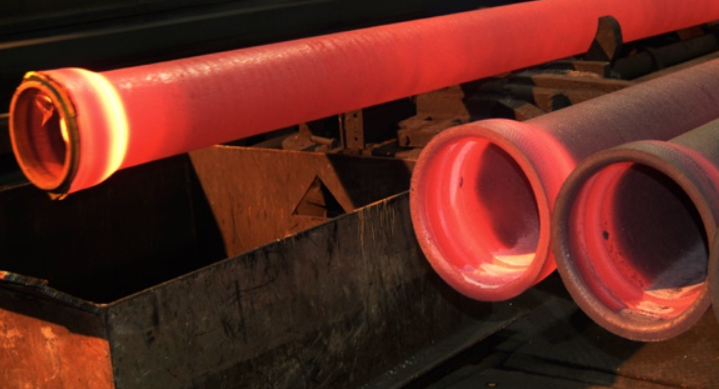
- Why Is Ductile Iron Pipe Still the Safe Choice for Long-Life Water Networks?
- Which Pipeline Installation Machines and Tools Help Me Deliver Faster, Safer, and More Profitable Projects?
- Key points for quality inspection of ductile iron pipes
- Why do Carbon Steel Pipes keep winning tough industrial projects?
- What are the connection methods for ductile iron pipes?
- The Origin of the Butterfly Valve's Name
About Us
Contact Us
No. 112, Jiefang Road, Lixia District, Jinan City, Shandong Province, China
Copyright © 2025 Shandong Epoch Equipment Co., Ltd. All Rights Reserved.


